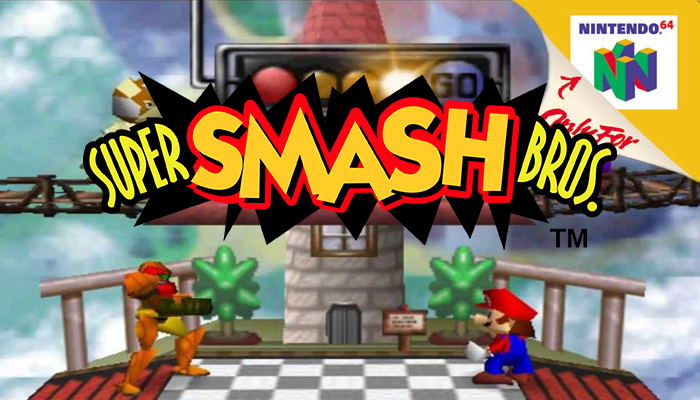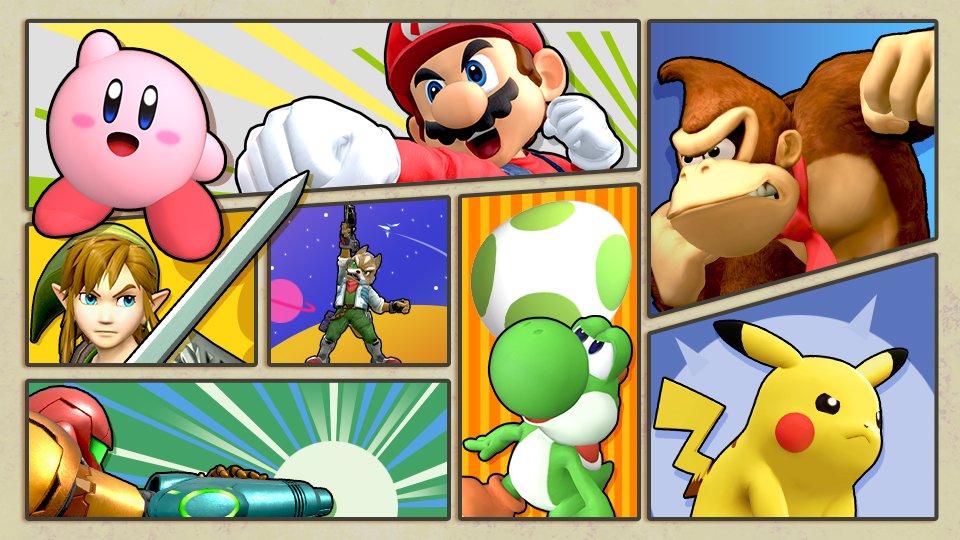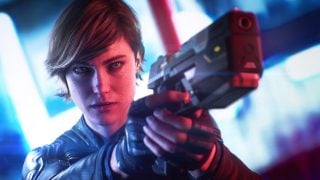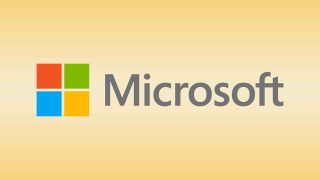It’s hard to fathom it now, but 25 years ago, nobody expected Super Smash Bros. to become a phenomenon. Released towards the end of the N64’s lifecycle, Smash seemed like a fun enough idea that would come and go without much fuss. I don’t recall ever having debates with my friends in school about which Nintendo character was the strongest, but it was neat to see Mario square off against Link, Pikachu, Fox McCloud, and even his brother in an arena fighter. Little did I know, however, that Smash would become one of the biggest franchises under Nintendo’s control.
Now, the timeline for this 25th anniversary gets a little iffy as Nintendo wasn’t doing simultaneous global releases just yet. Super Smash Bros. hit Japanese consoles on January 21, 1999, and was released in Europe on November 19, 1999. People in North America would be treated to the all-out brawl on April 26, 1999, and I distinctly remember that day. I came home from school ready to bust Pikachu’s face with a baseball bat and I basically ignored all of my homework to accomplish that goal. I played for hours on end and kept looking for secrets and new techniques for weeks to come. It felt like the Nintendo equivalent of Mortal Kombat, a series known for all manner of bizarre and untruthful unlockables.
It’s no secret that Super Smash Bros. started development in 1998 under the title Dragon King: The Fighting Game. Director Masahiro Sakurai was interested in utilizing the N64’s unique four-player capabilities to create a fighter that allowed everyone to play at the same time. He showed off the concept to the late Satoru Iwata and it eventually morphed into the Smash Bros. concept. Sakurai believed he wouldn’t get permission to use Mario and co, so he did it anyway and showed the game off to Nintendo’s higher-ups deeper into development.
Unboxing the ORIGINAL Super Smash Bros. on Its 22nd Birthday (Nintendo 64 – Retro Unboxing)
Obviously, management loved the idea and the game entered full development. That was a smart call, too, as Super Smash Bros. would go on to sell over five million copies and become the fifth best-selling game for the platform. Those numbers seem paltry compared to what Nintendo games shift now, but for a console that was in second place behind Sony’s juggernaut PS1, that is impressive. It also planted the seeds for something greater, which would pay off for Smash Bros.’s immediate predecessor.
All of that was unknown to me during the game’s heyday, though. As a kid, I wasn’t sitting in my home looking up gaming information online to figure out if Super Smash Bros. was selling well. I just wanted to get friends into my house after school and beat the crap out of them. The N64 having four controller ports made that incredibly easy, not to mention the simplistic nature of Smash’s control layout. Despite being on one of the worst controllers to ever grace a console, Super Smash Bros. felt natural to play.
Barack Obama mains Captain Falcon in the original Super Smash Bros. Yes, really.
With just two main attack buttons, a block, a grab, and a jump, Super Smash Bros. silently became the gateway drug to the fighting game genre for many. All of the fundamentals were there from zoning, footsies, combo strings, etc, just with a much more approachable design. Players weren’t required to figure out complicated sequences of button presses or even perform some convoluted movements with the joystick to pull off special attacks. You just pressed one of the two attack buttons and a direction and your character was off to the races on a specific attack.
That layer of simplicity reminds me a lot of another N64 classic: WCW/NWO Revenge. Not to diverge too much, but I do feel that sort of arcade philosophy for game design helps people get better acquainted with more complicated genres. Anyway, Super Smash Bros. was easy to get into but hard to master. That simplicity is deceptive because despite every character having the same controls, they all felt radically different.

I’ve always stuck with Link throughout the course of the Smash series, but in the original, he was remarkably slow, heavy, and strong. Going up against the likes of Pikachu meant playing as Link demanded a different approach to your tactics. Running in like a maniac would only see you getting outpaced by the electric rodent, so you’d have to utilize Link’s boomerang and bombs to outzone him. The same for Mario going up against Donkey Kong. Mario was faster, but get too sloppy and DK’s ludicrous strength would quickly send you flying off the screen.
While I don’t think the original Super Smash Bros. holds much value in the modern day when you can boot up Super Smash Bros. Ultimate on your Switch literally anywhere you want, you can’t deny that being so basic puts an extreme focus on how the game feels. There are not a lot of distractions in the OG Smash and while 11-year-old me was fascinated by everything this cartridge contained, you’re ultimately here for the multiplayer mayhem. Without friends, Super Smash Bros. sort of feels like a tech demo for something better.

A retro throwback to Smash 64 in Super Smash Bros. Ultimate
I believe that was maybe one of the biggest criticisms back in 1999, but then it wasn’t long before Nintendo would improve upon this formula. Super Smash Bros. Melee was not quite a launch game for the GameCube, but it came a little over two years later and completely outclassed the N64 installment. Every subsequent game, as well, provides that same basic formula with simply more to do, and feels as if Nintendo is getting closer and closer to perfection with each title. I can’t think of many other series that continually improved so much.
Still, when that desire for nostalgia hits and you want to take a step back in time, booting up the original Super Smash Bros. is absolutely a trip. Friends who have lapsed in their gaming hobby can jump in without much fuss or training and still have a blast. People who don’t really understand fighting games can pick this up without any real explanation. Even veterans that are dropping wombo combos in Ultimate can head back to the OG and rediscover some old tech they lost.
Without Nintendo introducing Super Smash Bros. into the world back in 1999, I’m not sure the company would have retained its reputation as the “Disney of gaming” for so long. Smash might seem like a hardcore franchise now and it’s putting up ridiculously impressive sales numbers (Ultimate is up to 33.6 million units as of February 2024), but Nintendo’s dedication to ensuring anyone of any skill can feel right at home is admirable. That, I believe, is why Super Smash Bros. in even its original form has fostered such a passionate fanbase. It’s also why Smash will continue to be a mainstay for each new Nintendo console for the foreseeable future.
Leave a Comment

